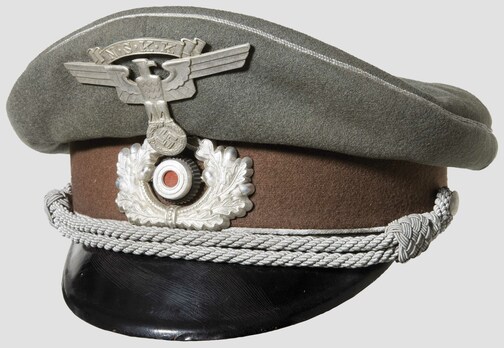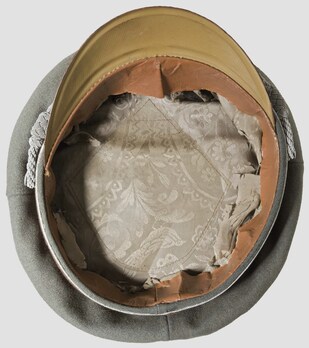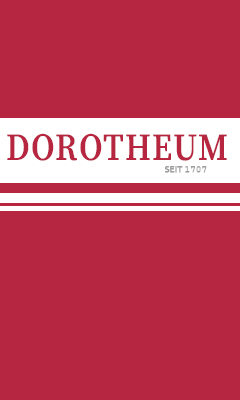NSKK Officer's Visor Cap
SKU: 53.GOR.01.01.01.01.001
Estimated market value:


Estimated market value:
Attributes
History
The NSKK (Nationalsozialistisches Kraftfahr-Korps = National Socialist Motor Corps) was a paramilitary organisation affiliated with the NSDAP, specialising in anything related to the driving of motorised vehicles. NSDAP officials recognised the need for access to cars and trucks for both transportation and propaganda purposes as early as 1922, and certain steps were taken to ensure this need was met. However, it took until April of 1930 for a specialised motor organisation to be officially founded. This organisation was named NSAK (Nationalsozialistisches Automobil-Korps = National Socialist Automobile Corps), but was renamed to NSKK less than 13 months later.
Initially, the NSAK/NSKK was under the control of the SA and existed next to its parent organisation’s own driving-related sub-organisation, the Motor-SA. This changed after the “Night of the Long Knives”, in which many SA leaders were purged and the organisation was substantially disempowered. After July of 1934, the NSKK became an independent organisation whose leader, NSKK-Korpsführer Adolf Hühnlein, answered directly to Adolf Hitler.
The main tasks of the NSKK were to provide transportation for all organisations of the Third Reich, to train and instruct boys and men (and a number of women) in mechanics and driving, and to assist police in regulating traffic. During the mid 1930s, the organisation also provided roadside assistance.
With the onset of the war, the NSKK’s tasks underwent certain changes. Instructing both civilians and soldiers in the driving and maintenance of armored vehicles became a higher priority. The NSKK also began working closely with other organisations, for example Organisation Todt (OT), by providing transportation of workers and supplies for the colossal building project that was the fortification of Germany’s Western border, the Siegfried Line (or Westwall). During the war, the NSKK provided much of the transportation needs for the German Army and the Luftwaffe, including the transport of troops, weapons and ammunition, and building materials, for example for the construction of air bases in the newly conquered territories in Eastern Europe after the attack on Soviet Russia in the summer of 1941.
Parts of the NSKK would come under the control of architect Albert Speer who took over OT after the death of Fritz Todt in 1942, leading to the creation of Transport Brigade Speer (later Transport Corps Speer), which would eventually completely sever its ties to the NSKK.
NSKK visor caps in the “saddle form” style pioneered by the Army were first worn by leaders at Motor Schools in the 1930s, and during the war by so-called “front leaders”, serving in a logistical or staffing role near the front. The caps were usually olive-brown in colour. However, if the wearer’s duty was Army-related, the cap could be field-grey, or, if the duty was Luftwaffe-related, it could be in blue-grey.
The visor was always black and made of vulcan fiber. Leather visors were not permitted. The cap band is dark brown. Officers (Sturmführer and above) used a silver-coloured aluminum chin cord, while lower non-Officer leader ranks used a black leather chin strap.
The cap is piped along the crown, as well as above and below the cap band. Officers at Motor Schools wore a dark brown crown piping and silver cap band piping, while the piping for non-Officer leader ranks was all brown. Front leader caps were similar, except that Officers also used silver crown piping.
Initially, Motor School leaders used only one insignia on their caps, a large eagle emblem, which was either embroidered or made of metal, and partly covered the cap top as well as the cap band. Beginning in mid-1941, the regular NSKK eagle emblem was worn on the cap top and an Army-style oak leaf wreath with cockade was worn on the cap band. These could be made of metal or be embroidered. Front leaders never wore the large eagle emblem. Additionally, some, but not all, blue-grey caps have been observed with a winged Luftwaffe oak leaf wreath instead of the Army oak leaf insignia. This was probably done contrary to regulations.

Versions
$1,500 USD


Comments
Sign in to comment and reply.


Scroll Top